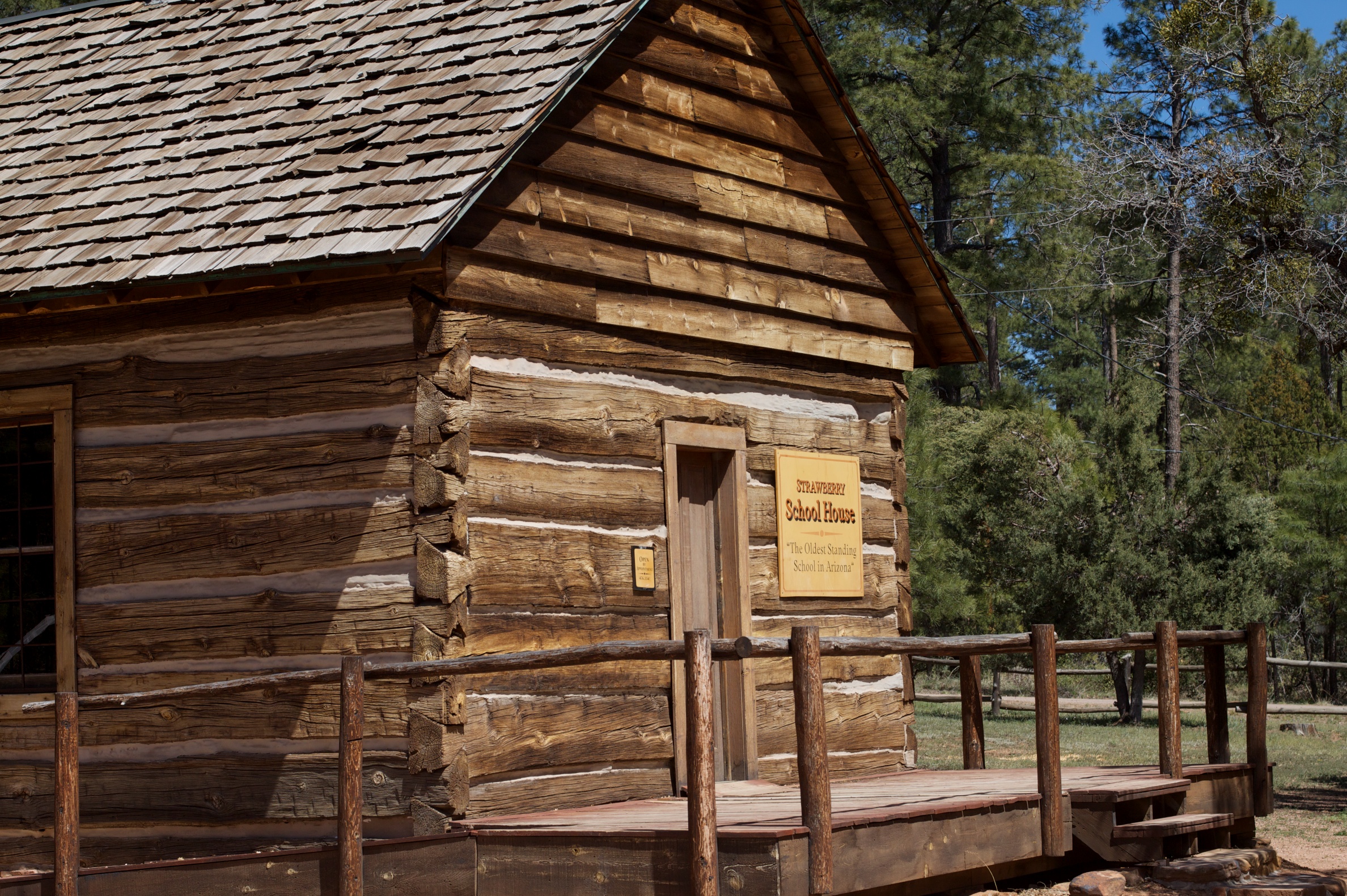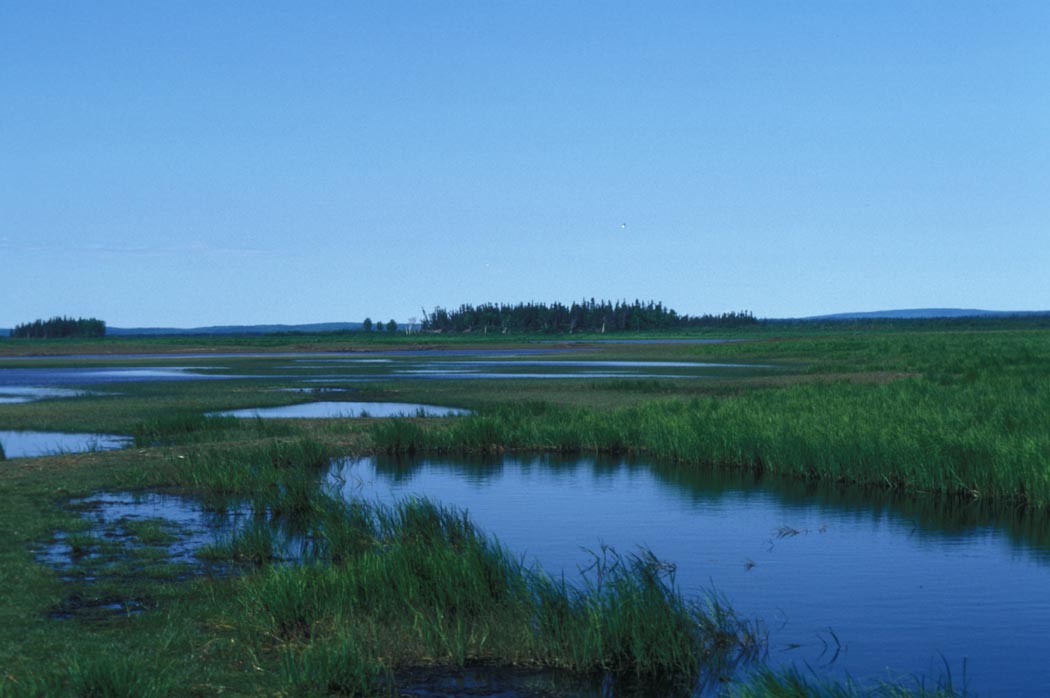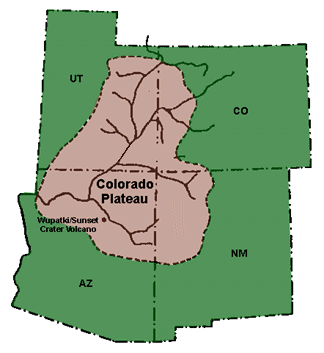|
Fossil Springs Wilderness
Fossil Springs Wilderness is an 11,550-acre (4,674 ha) wilderness area within the Coconino National Forest in the U.S. state of Arizona. It is at the bottom of a steep canyon at the edge of the Colorado Plateau, just south of the Mogollon Rim. Here, water emerges at the surface at the rate of about per minute. The perennial water supply supports one of the most diverse riparian ecosystems in the state, with more than 30 species of trees set among native desert shrub. It also creates a haven for abundant wildlife, including elk, deer, javelina, coyote, skunk, racoon, ring-tailed cat, fox, mountain lion, black bear and more than 100 species of birds.Fossil Springs Wilderness – Wilderness.net See also * |
Gila County, Arizona
Gila County ( ) is a county in the central part of the U.S. state of Arizona. As of the 2020 census, the population was 53,272. The county seat is Globe. Gila County comprises the Payson, Arizona micropolitan statistical area which is included in the greater Phoenix–Mesa, AZ combined statistical area. Gila County contains parts of Fort Apache Indian Reservation and San Carlos Indian Reservation. History The county was formed from parts of Maricopa and Pinal counties on February 8, 1881. The boundary was then extended eastward to the San Carlos River by public petition in 1889. The original county seat was in the mining community of Globe City, now Globe. Popular theory holds that the word "Gila" was derived from a Spanish contraction of Hah-quah-sa-eel, a Yuma word meaning "running water which is salty". In the 1880s, a long range war broke out in Gila County resulting in an almost complete annihilation of the families involved. The '' Pleasant Valley War'' (also ... [...More Info...] [...Related Items...] OR: [Wikipedia] [Google] [Baidu] |
Yavapai County, Arizona
Yavapai County ( ) is a County (United States), county near the center of the U.S. state of Arizona. As of the 2020 United States census, 2020 census, its population was 236,209, making it the fourth-most populous county in Arizona. The county seat is Prescott, Arizona, Prescott. Yavapai County comprises the Prescott Valley-Prescott, AZ Metropolitan statistical area, Metropolitan Statistical Area as well as the northern portions of Peoria, Arizona, Peoria and Wickenburg, Arizona, Wickenburg, the balance of which are in the Phoenix Metropolitan Area. History Yavapai County was one of the four original Arizona counties created by the 1st Arizona Territorial Legislature. The county territory was defined as being east of longitude 113° 20' and north of the Gila River. Soon thereafter, the counties of Apache County, Arizona, Apache, Coconino County, Arizona, Coconino, Maricopa County, Arizona, Maricopa, and Navajo County, Arizona, Navajo were carved from the original Yavapai Count ... [...More Info...] [...Related Items...] OR: [Wikipedia] [Google] [Baidu] |
Arizona
Arizona is a U.S. state, state in the Southwestern United States, Southwestern region of the United States, sharing the Four Corners region of the western United States with Colorado, New Mexico, and Utah. It also borders Nevada to the northwest and California to the west, and shares Mexico-United States border, an international border with the Mexican states of Sonora and Baja California to the south and southwest. Its Capital city, capital and List of largest cities, largest city is Phoenix, Arizona, Phoenix, which is the most populous state capital and list of United States cities by population, fifth most populous city in the United States. Arizona is divided into 15 List of counties in Arizona, counties. Arizona is the list of U.S. states and territories by area, 6th-largest state by area and the list of U.S. states and territories by population, 14th-most-populous of the 50 states. It is the 48th state and last of the contiguous United States, contiguous states to be a ... [...More Info...] [...Related Items...] OR: [Wikipedia] [Google] [Baidu] |
Strawberry, Arizona
Strawberry is an unincorporated community and census-designated place (CDP) in Gila County, Arizona, United States. The population was 961 at the 2010 census. History In June 1931, the Bureau of Prohibition destroyed a large whiskey still in Sandrock Canyon, north of Strawberry. The still had an estimated worth of $20,000. Seven hundred gallons of "mountain whiskey" were destroyed and three men arrested. Geography Strawberry is located in the northwest corner of Gila County at (34.4078063, -111.4934754). It is bordered to the south and east by Pine, and to the north by Coconino County. The county line follows the edge of the Mogollon Rim. Arizona State Route 87 passes through Strawberry. It is a two-hour drive——northeast from Phoenix. The town of Payson is southeast via Route 87, and Winslow is to the northeast. According to the United States Census Bureau, the Strawberry CDP has a total area of , of which , or 0.04%, is water. The community is in the valley of Strawb ... [...More Info...] [...Related Items...] OR: [Wikipedia] [Google] [Baidu] |
Wilderness Area
Wilderness or wildlands (usually in the plural) are Earth's natural environments that have not been significantly modified by human activity, or any nonurbanized land not under extensive agricultural cultivation. The term has traditionally referred to terrestrial environments, though growing attention is being placed on marine wilderness. Recent maps of wilderness suggest it covers roughly one-quarter of Earth's terrestrial surface, but is being rapidly degraded by human activity. Even less wilderness remains in the ocean, with only 13.2% free from intense human activity. Some governments establish protection for wilderness areas by law to not only preserve what already exists, but also to promote and advance a natural expression and development. These can be set up in preserves, conservation preserves, national forests, national parks and even in urban areas along rivers, gulches or otherwise undeveloped areas. Often these areas are considered important for the surviva ... [...More Info...] [...Related Items...] OR: [Wikipedia] [Google] [Baidu] |
Coconino National Forest
The Coconino National Forest is a 1.856-million acre (751,000 ha) United States National Forest located in northern Arizona in the vicinity of Flagstaff, with elevations ranging from 2,600 feet to the highest point in Arizona at 12,633 feet (Humphrey's Peak). Originally established in 1898 as the "San Francisco Mountains National Forest Reserve", the area was designated a U.S. National Forest by Pres. Theodore Roosevelt on July 2, 1908, when the San Francisco Mountains National Forest Reserve was merged with lands from other surrounding forest reserves to create the Coconino National Forest. Today, the Coconino National Forest contains diverse landscapes, including deserts, ponderosa pine forests, flatlands, mesas, alpine tundra, and ancient volcanic peaks. The forest surrounds the towns of Sedona and Flagstaff and borders four other national forests; the Kaibab National Forest to the west and northwest, the Prescott National Forest to the southwest, the Tonto National Forest ... [...More Info...] [...Related Items...] OR: [Wikipedia] [Google] [Baidu] |
Colorado Plateau
The Colorado Plateau is a physiographic and desert region of the Intermontane Plateaus, roughly centered on the Four Corners region of the Southwestern United States. This plateau covers an area of 336,700 km2 (130,000 mi2) within western Colorado, northwestern New Mexico, southern and eastern Utah, northern Arizona, and a tiny fraction in the extreme southeast of Nevada. About 90% of the area is drained by the Colorado River and its main tributaries: the Green, San Juan, and Little Colorado. Most of the remainder of the plateau is drained by the Rio Grande and its tributaries. The Colorado Plateau is largely made up of high desert, with scattered areas of forests. In the south-west corner of the Colorado Plateau, nicknamed High Country, lies the Grand Canyon of the Colorado River. Much of the Plateau's landscape is related to the Grand Canyon in both appearance and geologic history. The nickname "Red Rock Country" suggests the brightly colored rock left bare to t ... [...More Info...] [...Related Items...] OR: [Wikipedia] [Google] [Baidu] |
Mogollon Rim
The Mogollon Rim ( or or ) is a topography, topographical and geological feature cutting across Northern Arizona, the northern half of the U.S. state of Arizona. It extends approximately , starting in northern Yavapai County, Arizona, Yavapai County and running eastward, ending near the border with New Mexico.The Mogollon Rim is not to be confused with the Mogollon Mountains in New Mexico located somewhat east of the eastern end of the Rim. The official estimate of the eastern end is near Show Low, AZ, Show Low, although some sources extend it farther east. See It forms the southern edge of the Colorado Plateau in Arizona. Description The Rim is an escarpment defining the southwestern edge of the Colorado Plateau. Its central and most spectacular portions are characterized by high cliffs of limestone and sandstone, namely the Kaibab Limestone and Coconino Sandstone cliffs. The escarpment was created by erosion and geologic fault, faulting, creating canyons such as Fossil Cr ... [...More Info...] [...Related Items...] OR: [Wikipedia] [Google] [Baidu] |
Fossil Creek
Fossil Creek ( or ) is a perennial stream accessed by forest roads near the community of Camp Verde, Arizona, Camp Verde in the U.S. state of Arizona. Primary access is from Forest Road 708 off Arizona State Route 260 east of Camp Verde. A tributary of the Verde River, Fossil Creek flows from its headwaters on the Mogollon Rim to meet the larger stream near the former Childs-Irving Hydroelectric Facilities, Childs Power Plant. Fossil Springs Wilderness, Fossil Springs, near the headwaters, emits upwards of per minute that flow into the creek year-round. Calcium carbonate, precipitating from the water from the springs, creates travertine dams and deposits for several miles downstream. The Fossil Creek system is the fourth largest producer of travertine in the United States. Fossil Creek is one of only two streams in Arizona included in the National Wild and Scenic Rivers System. The creek and its riparian corridor provide habitat for a wide variety of flora and fauna, some l ... [...More Info...] [...Related Items...] OR: [Wikipedia] [Google] [Baidu] |
List Of U
A list is a set of discrete items of information collected and set forth in some format for utility, entertainment, or other purposes. A list may be memorialized in any number of ways, including existing only in the mind of the list-maker, but lists are frequently written down on paper, or maintained electronically. Lists are "most frequently a tool", and "one does not ''read'' but only ''uses'' a list: one looks up the relevant information in it, but usually does not need to deal with it as a whole". Lucie Doležalová,The Potential and Limitations of Studying Lists, in Lucie Doležalová, ed., ''The Charm of a List: From the Sumerians to Computerised Data Processing'' (2009). Purpose It has been observed that, with a few exceptions, "the scholarship on lists remains fragmented". David Wallechinsky, a co-author of '' The Book of Lists'', described the attraction of lists as being "because we live in an era of overstimulation, especially in terms of information, and lists help ... [...More Info...] [...Related Items...] OR: [Wikipedia] [Google] [Baidu] |
List Of Arizona Wilderness Areas
The National Wilderness Preservation System includes 806 wilderness areas protecting of federal land . They are managed by four agencies: *National Park Service (NPS) *United States Forest Service (USFS) *United States Fish and Wildlife Service (FWS) *Bureau of Land Management (BLM) These wilderness areas cover about 4.5% of the United States' land area, an area larger than the state of California. About 52% of the wilderness area is in Alaska, with of wilderness. They are located in 44 states (except in Connecticut, Delaware, Iowa, Kansas, Maryland, and Rhode Island) and Puerto Rico. The NPS has oversight of of wilderness at 61 locations. The USFS oversees of wilderness areas in 447 areas. The FWS has responsibility for in 71 areas. BLM oversees at 224 sites. Some wilderness areas are managed by multiple agencies. Some areas are designated wilderness by state or tribal governments. These are not governed by the Federal National Wilderness Preservation System. This ... [...More Info...] [...Related Items...] OR: [Wikipedia] [Google] [Baidu] |
Wilderness Act
The Wilderness Act of 1964 () is a federal land management statute meant to protect U.S. Wilderness Area, federal wilderness and to create a formal mechanism for designating wilderness. It was written by Howard Zahniser of The Wilderness Society (United States), The Wilderness Society. After over sixty drafts and eight years of work, President Lyndon B. Johnson signed the Wilderness Act into law on September 3, 1964, creating the legal definition of wilderness in the United States and protecting 9.1 million acres (37,000 km²) of federal land. The Wilderness Act is well known for its succinct and poetic definition of wilderness: "A wilderness, in contrast with those areas where man and his own works dominate the landscape, is hereby recognized as an area where the earth and its community of life are untrammeled by man, where man himself is a visitor who does not remain." – Howard Zahniser When Congress passed and President Lyndon B. Johnson signed the Wilderness Act on Sept ... [...More Info...] [...Related Items...] OR: [Wikipedia] [Google] [Baidu] |








